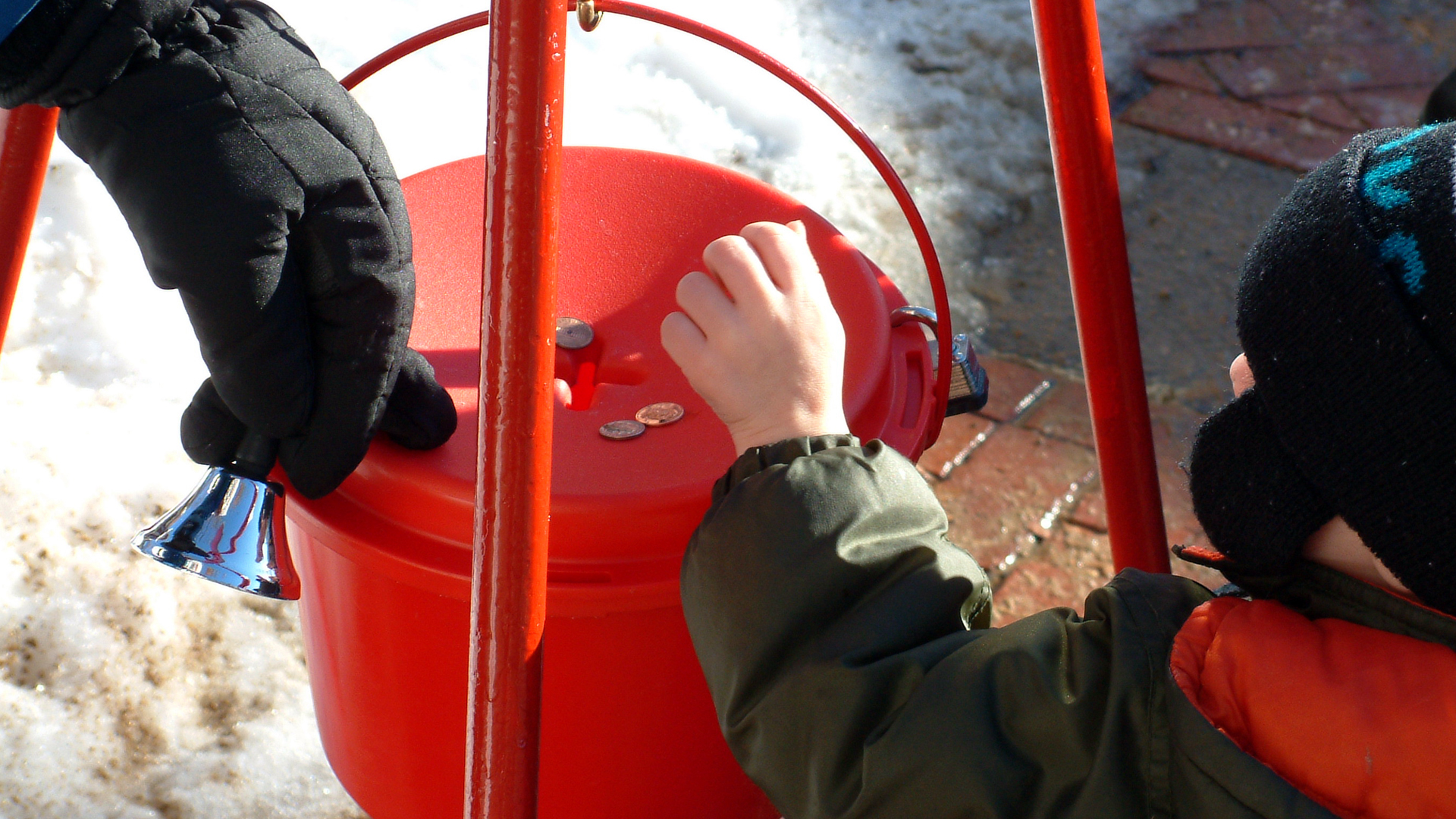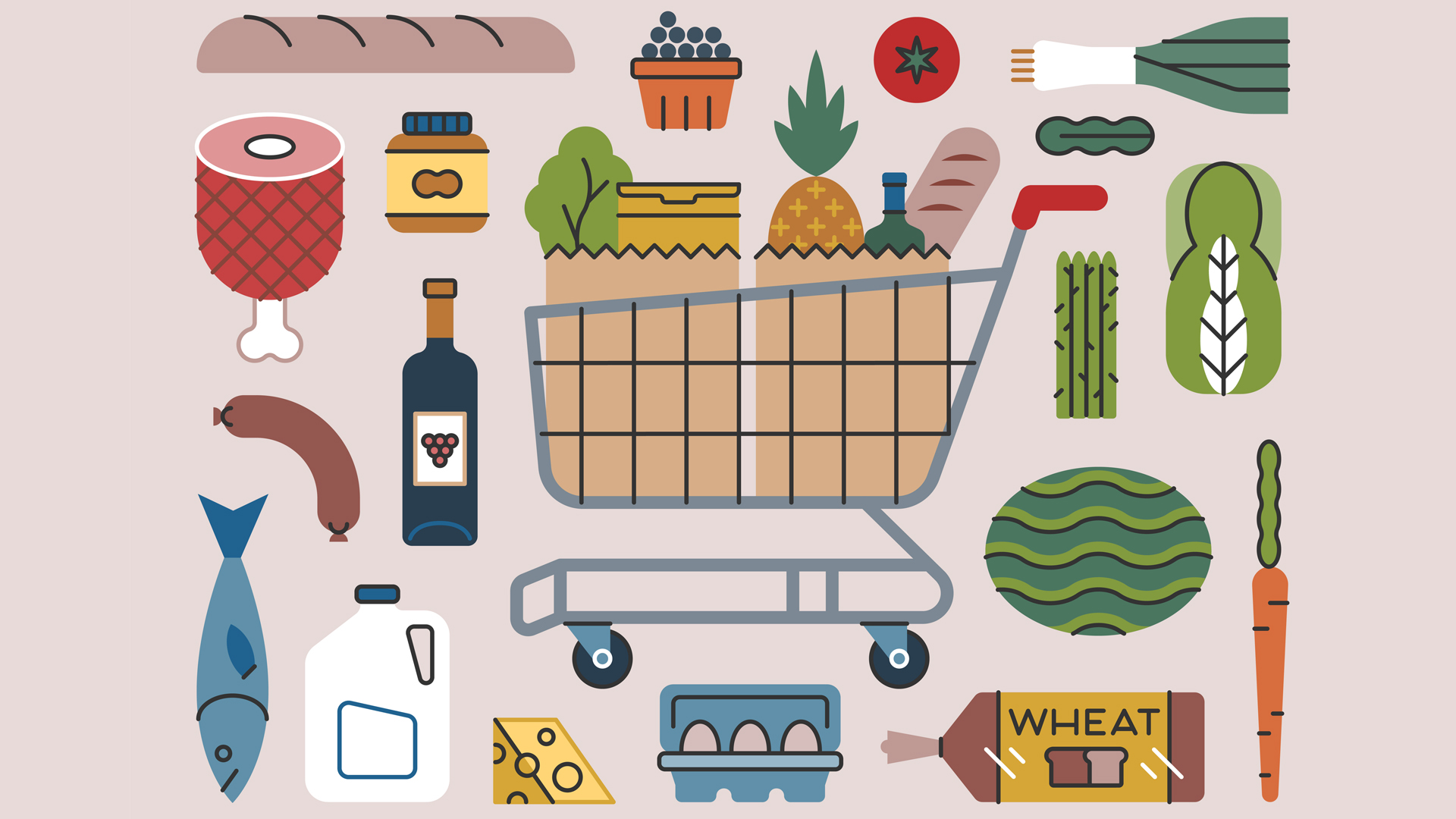
(Version française disponible ici)
The 2024 federal budget announcement of $1 billion over five years to establish a national school food program fulfils the Liberal Party’s 2021 election commitments and answers the many calls for Ottawa to support school breakfasts and lunches.
However, the budget lacked any action on the Canada child benefit (CCB) – the policy best positioned to move the needle on food insecurity among families with children.
With new data showing 2.1 million children living in a food-insecure household in 2023, it is unconscionable that the federal government has chosen to do nothing to make the child benefit a stronger safety net. The government should review the current design of the CCB and find ways to better support children and families in need.
It can do that by providing more money to lower-income families, lone-parent families and families living in remote and Northern communities, as well as equalizing the benefits for younger and older children. These improvements can be funded largely by ending the practice of giving the CCB to high-income families.
Different goals, different policies?
When the consultation for a national school food program was first announced, more than 100 community advocates, researchers, public health professionals and representative organizations signed an open letter expressing their disappointment with the government’s repeated framing of a national school food program as a solution to food insecurity.
They urged the government to implement strategic improvements to the CCB alongside steps toward realizing an equitable, universal school food program, recognizing that both have important but distinct goals.
A national school food program – if carefully designed and implemented in collaboration with provincial, territorial and Indigenous governments – has the potential to improve student nutrition and educational success, build stronger school communities and even support local economic development and agriculture.
What it can’t do is address the serious problem of food insecurity.
In 2022, one in four children in the 10 provinces lived in a food-insecure household, meaning their families struggled to afford food on a reliable basis throughout the year, resulting in a range of negative experiences from worrying about running out of food to going entire days without eating.
These families are dealing with more pervasive material deprivation than just food. Their situation means they are compromising other necessities and are much more likely to have poorer physical and mental health, and to require health-care services, including hospitalization.
The way to address this problem
Food insecurity is a symptom of a bigger problem – inadequate, insecure incomes. The only way to solve it is to improve the financial circumstances of these families so that their income is sufficient to cover the costs of necessities and to manage budget shocks such as a sudden job loss, illness or an increase in the cost of living.
There are several things the government should do with the CCB to reduce food insecurity among families.
Increasing the benefit size for lower-income families, lone-parent families, and families living in remote and Northern communities would support those most likely to be food insecure.
The CCB currently provides a larger benefit for children under six years old. Matching that benefit for children more than six years old would mean a low-income family wouldn’t lose up to $1,068 annually in financial support, as well as the protection against food insecurity that this money confers.
These improvements can be made at little or no extra cost by adjusting the benefit amounts and income thresholds and redistributing some of the current CCB budget from the highest-income recipients to those who need it most.
The current CCB income thresholds make little sense from the perspective of creating a social safety net because single-child families with incomes up to $210,000 still receive the benefit.
A stagnant policy
There have been no changes to the program beyond the indexation to inflation starting in 2018 and the temporary top-ups during and coming out of the pandemic. While indexation is important to ensure that income supports aren’t eroded by inflation, it doesn’t make them any more adequate to support families’ basic needs.
In March 2020, the federal government introduced a one-time payment based on a much higher income threshold, which meant that an additional 250,000 higher-income families received it. For a one-child family, the family income threshold was $307,960, compared to the $195,460 maximum threshold for the CCB that year.
In 2021, the government also added the one-off CCB young child supplement, which provided extra quarterly payments for children under six to support pandemic recovery.
These two top-ups raise the same questions as the CCB’s basic design structure: Why does the government insist on distributing the benefit so widely across the income spectrum and providing more for families with younger children, despite it costing more to raise older children?
Perhaps one reason we have yet to see any action on the CCB is that the federal government is content with resting on the laurels of cutting the child poverty rate by half. This is an important accomplishment, but it should not be the only one. Now is the time to set new aspirations for the CCB around better protecting families from food insecurity.
The number of children living in food-insecure households, which was at a record high in 2022, paints a very different picture of child poverty. However, it should come as no surprise that these two measurements don’t match, because they capture different things.
The poverty rate tells us how many children are in families with annual incomes below a set threshold. Food insecurity gives us a more direct measure of the lived experience of financial hardship because it captures the severity of the deprivation that results from families’ broader financial circumstances.
Multiple factors play important roles in determining whether a family is food secure — the amount of income; the stability of that income over time; assets such as housing and savings; debt; access to other financial resources such as credit; the cost of living; and budget shocks.
Canada’s first poverty-reduction strategy acknowledged there are multiple dimensions of poverty by including food insecurity and other indicators alongside the poverty rate on its dashboard for monitoring progress.
More action is needed
The persistence of food insecurity and its recent rise to unprecedented levels suggest more is needed to realize the poverty-reduction strategy’s vision that the basic needs of all Canadians are met.
The introduction of the CCB in 2016 didn’t precipitate any change in the overall rate of food insecurity among families with children, although it did move some severely food-insecure families into milder levels of deprivation.
The benefit has the potential to better protect families from material deprivation and improve their health, but this requires the federal government to change the way it delivers the program so that struggling families receive more financial support.
As the federal government builds a Canada-wide early learning and child care system and now a national school food program, it must also make the CCB a more effective social safety net. This begins with conducting a formal review of the benefit’s design and setting a path toward redesigning it with the reduction of food insecurity as an explicit goal.










